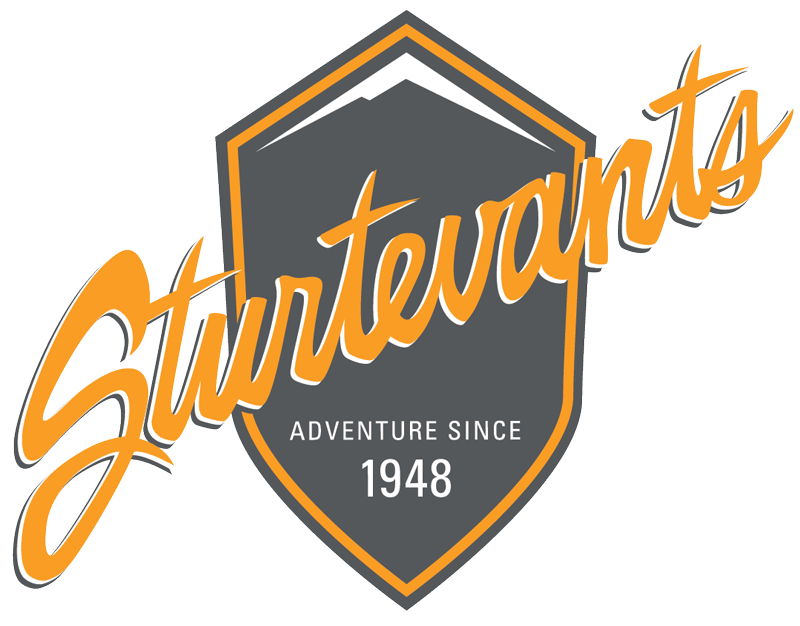 The Second Law of Thermodynamics states that entropy in the universe is ever increasing. Nowhere is this truer than fly fishing. We start with a simple equation; (fisherman + fish). If only it ended there. Quickly, we add more and more variables: water, wind, weather, insects, and on and on, all the way to the subtle push of an emerging mayfly just below rather than just above 1/100th of an inch of surface film.
The Second Law of Thermodynamics states that entropy in the universe is ever increasing. Nowhere is this truer than fly fishing. We start with a simple equation; (fisherman + fish). If only it ended there. Quickly, we add more and more variables: water, wind, weather, insects, and on and on, all the way to the subtle push of an emerging mayfly just below rather than just above 1/100th of an inch of surface film.
But for most fly fishers the greatest variable of all, the one that separates us from the worm and bobber hordes, is the fly. Beginner fly fishers start with only a few flies in their box, go-to’s they know, maybe the pattern they caught their first fish on. Quickly that box grows and grows. I’ve yet to meet a fly fisher who adds less flies to their repertoire as time goes on. Most end up like me; boxes upon boxes, filled with back up plans A to ZZZ. Entropy increases.
No fishermen are more vulnerable to this malady than fly tyers. It’s not that the universe needs another emerging Pale Morning Dun pattern, it’s that every fly tyer has the ability to create one, and, inevitably, does. Sitting in front of the vice, I think fisherman tend to block out most of fly fishing’s complexity. Instead, they revert to the original simple equation; (fisherman + fish), with the fly the only thing standing between the two. The underlying urge the fly tyer feels goes something like this – “without the right fly, the new fly, my fly, there is no way on God’s green Earth I’m going to catch that fish”. And so we put thread to hook and create anew.
A few times in my career as a fishing guide, I’ve been lucky enough to stand beside someone as they caught their first fish on a fly they tied. It’s an electric moment, a combination of “I can’t believe that worked” and endless possibility.
More often though, it’s the other way around, my clients catching the first fish on a fly I invented. This is the great dirty secret of fly fishing guides; we experiment more than you’d think, with the fish and fisherman as the unwitting variables, and the fly the continuously modified constant in the middle.
All guides start with something they know will work, after all, it’s a pass/fail job. You clients catch fish or they don’t. But that experimental urge, the “what if” gets strong, and at some point the guide quietly ties on their latest creation and experiments. If the experiment fails, the new creation is cut right back off. But if it works, I let my client name the new fly; my creative urge is justified, and ideas for new versions start to spin in my head. And I go home and add one more new pattern to the universe.
By Paddy McIlvoy
